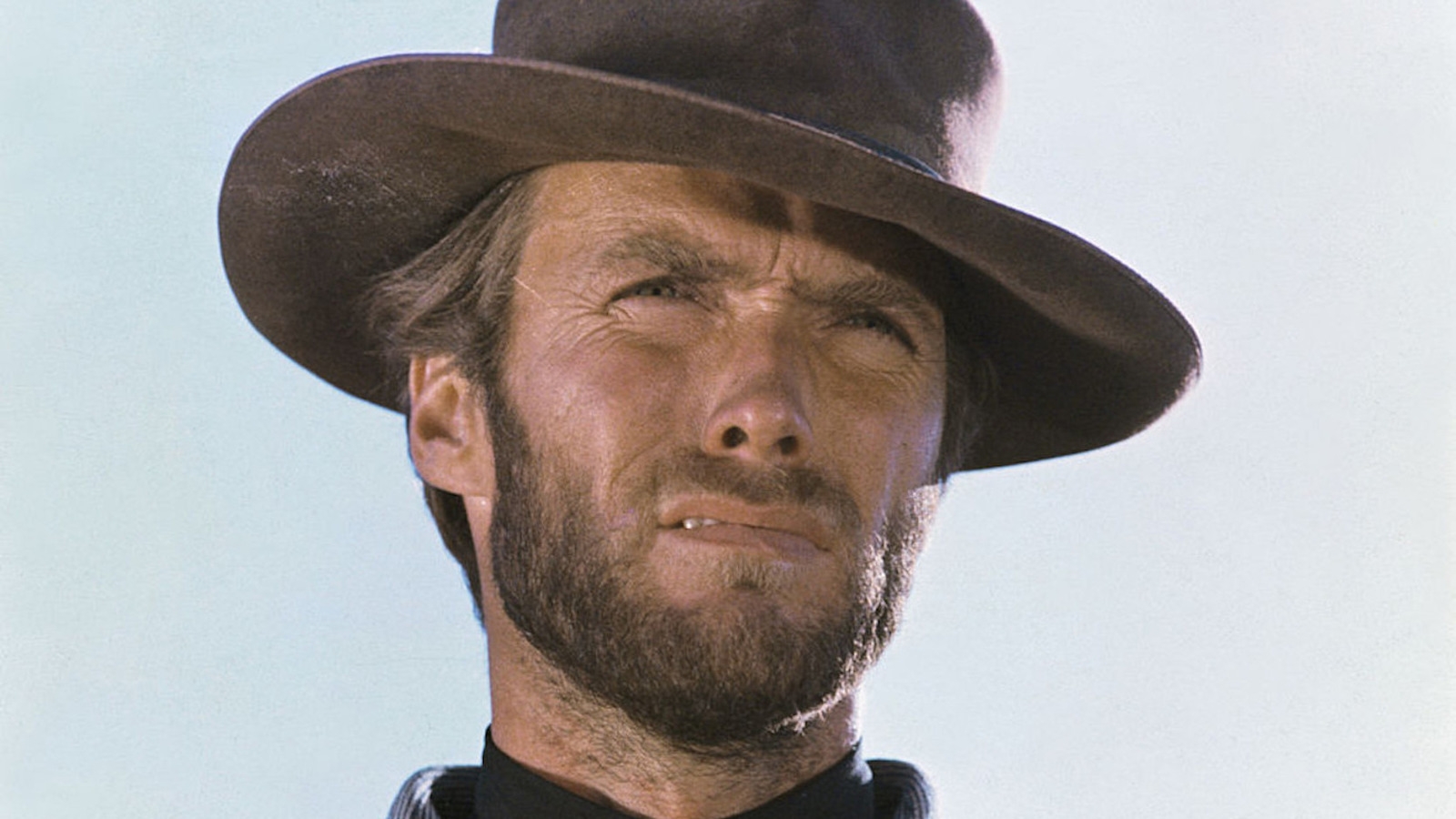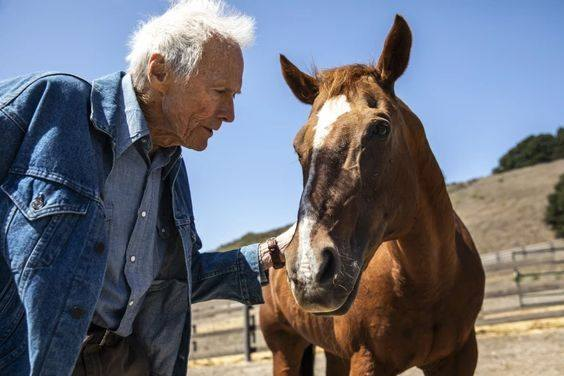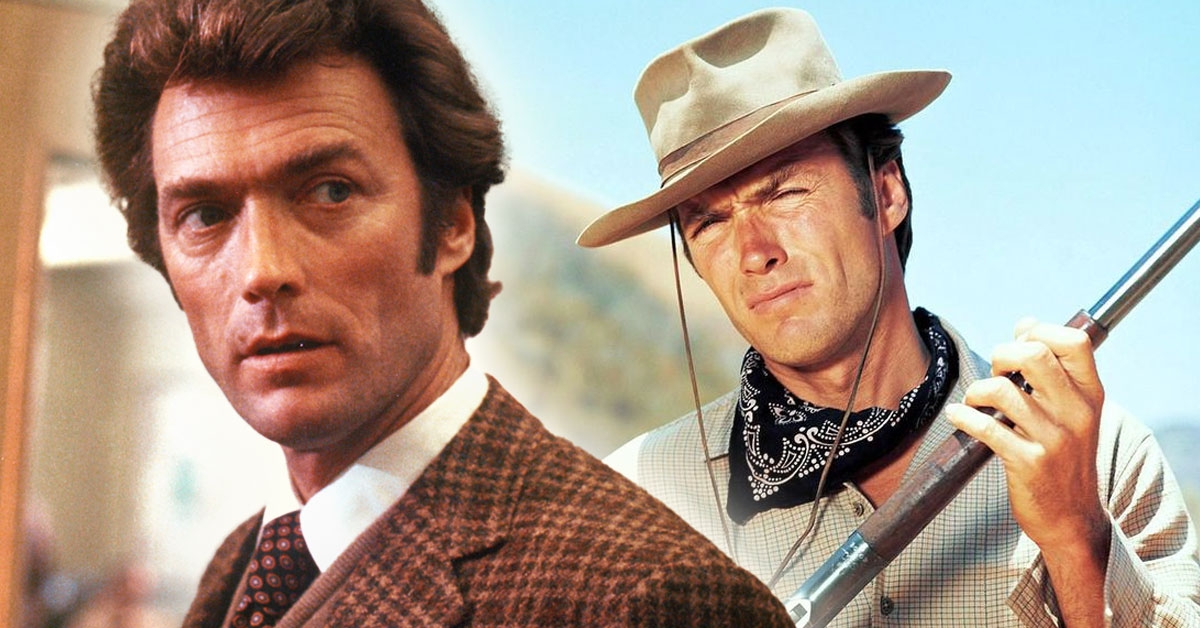Clint Eastwood’s Career Arc as Pop and Country Singer Soured Him Forever: “I’ve tried to stay away”
In the vast realm of cinema, few figures loom as large as Clint Eastwood. Renowned for his iconic roles in Sergio Leone’s Dollars Trilogy and later for his directorial prowess in projects like Unforgiven, Eastwood has etched an indelible mark on the cinematic landscape.
However, his journey is not confined to the silver screen alone; Eastwood’s artistic exploration extends to the realm of music, unveiling a nuanced perspective on soundtracks and his own musical inclinations.
Clint Eastwood’s Efficiency in Filmmaking: A Directorial Departure

Embarking on a directorial career, Eastwood sought to eschew the frustrations he encountered as an actor. Unlike directors who subjected scenes to numerous retakes, chasing an elusive perfection, Eastwood championed efficiency and swiftness in his production management. This departure from the norm garnered him a reputation for delivering quality without succumbing to the tediousness often associated with filmmaking.
Beyond his cinematic endeavors, Eastwood’s musical preferences reveal a distinctive taste. In an interview with Rolling Stone, he confessed to not being a fan of pop music and admitted a lack of understanding of the rock and roll generation. Instead, he found solace and inspiration in the rich traditions of blues and jazz.
Reflecting on the ‘60s music scene, Eastwood remarked on the quality of some rock songs but confessed to not being drawn into the rock & roll movement. Growing up in the ‘40s, his musical journey embraced big band and bebop, sidestepping the pervasive influence of rock. To Eastwood, rock & roll appeared as a diluted version of rhythm & blues, a sentiment that shaped his musical sensibilities.
Avoidance of Pop Soundtracks: A Cinematic Choice

When queried about his avoidance of pop soundtracks in his films, Eastwood articulated a deliberate choice. Acknowledging a trend where movies leaned heavily on a barrage of pop songs to compensate for their shortcomings, he expressed a preference for synergy between film and music. For Eastwood, the marriage of visuals and music should enhance the overall cinematic experience, a sentiment that steered him away from the ubiquitous use of pop tracks.
An exemplar of Eastwood’s musical inclinations is found in the soundtrack of his 1995 romantic drama, “The Bridges of Madison County.” This film, often regarded as one of his directorial zeniths, features a carefully curated selection of gems that resonate with the director’s personal tastes.
Also Read: He called me once: Jackie Chan Seemingly Has One Regret That Involves Pop King Michael Jackson

The soundtrack not only complements the narrative but also contributes to the emotional depth of the film. Meryl Streep’s Oscar-nominated performance further elevates the movie, creating a harmonious blend of storytelling and music—a testament to Eastwood’s commitment to the seamless integration of sound into his cinematic creations.
In the tapestry of Clint Eastwood’s career, his foray into filmmaking and his distinct musical tastes intertwine, revealing a multifaceted artist unafraid to carve his own path. From the efficient directorial choices to a musical palette rooted in blues and jazz, Eastwood’s creative journey underscores his commitment to authenticity and a seamless fusion of sight and sound in the world of cinema.





